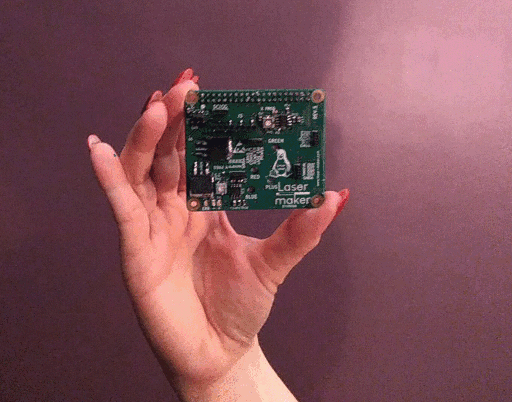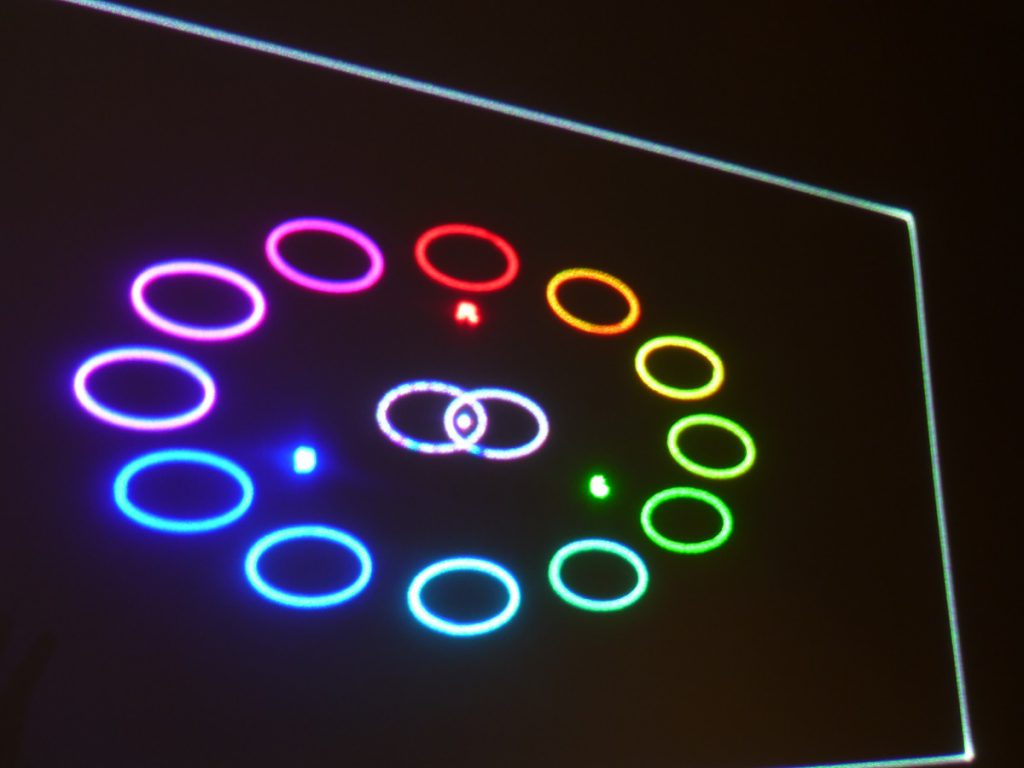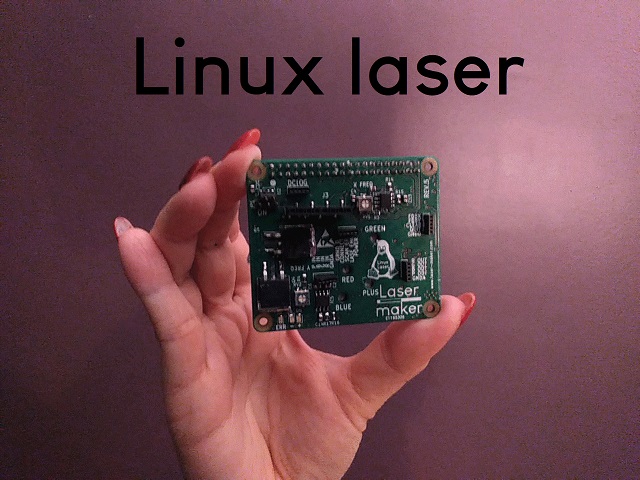 (cliquer pour la version française)
(cliquer pour la version française)
The Linux laser project aims to create a powerful, connected and scalable lasershow projector.
The goal is to lower the cost, like any hardware running Linux.
A person known to Laserist community asked me “Why using Linux? While everyone is only using microcontrollers”
The answer is that Linux is used in many companies and even when you access your bank accounts there is a good chance it will work under RedHat Linux. Do you know that 75% of the supercomputers run Linux?
Clusters also run on Linux (like the Google search engine) and many other uses of everyday life…
So it’s reliable.
But the fact of using a SOC (system on chip) in 2020 allows to have a lot of power.
If we are talking about a connected system, we must be able to secure the data that is transferred over the network, for this it is transferred using a secure protocol using TCP / IP
Also, who nowadays would like to have an HMI interface with simple gameboy style graphics?
It needs graphic power to display screens, statistics graphs (etc.) and animate everything.
the software uses fast multi-task C ++ code. In addition, the code uses 4 hierarchy levels (software architecture) to manage up to 3 lasershow projectors (currently)
The project was first developed with traditional electronics because I needed to be able to easily change the values of the components to make the prototype (click for link)
Now the project is in industrial electronics (SMD)
Special work has been done on the analog part.
Indeed a specific power supply and an analog ground allow to have better results.
Here are the tests for the SPEC REV6 (click for demo video) of the electronic card they respond well to current standards: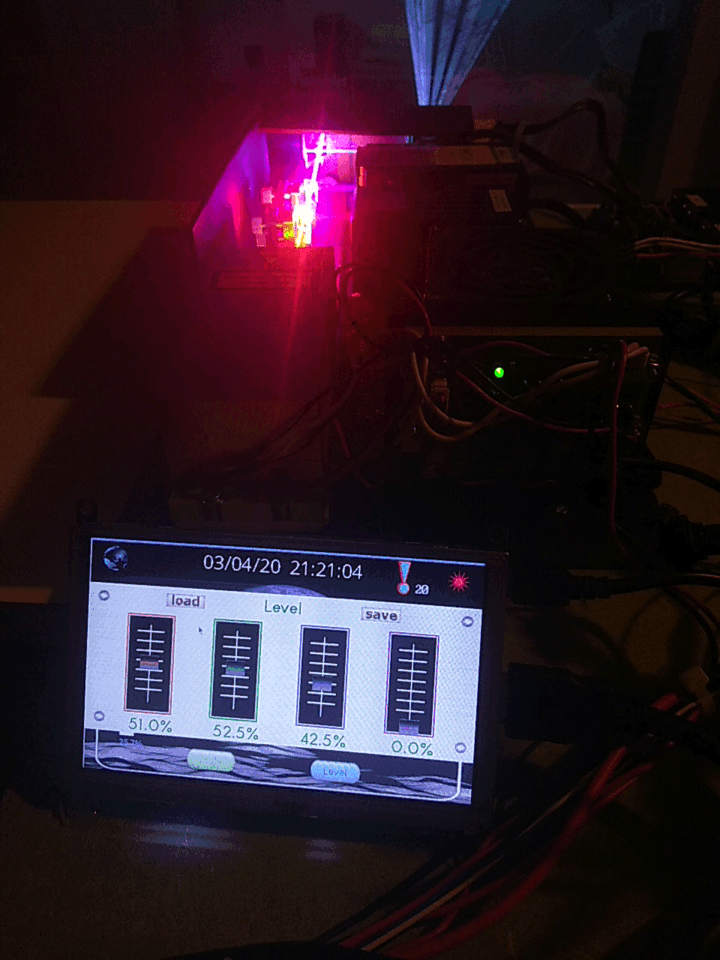
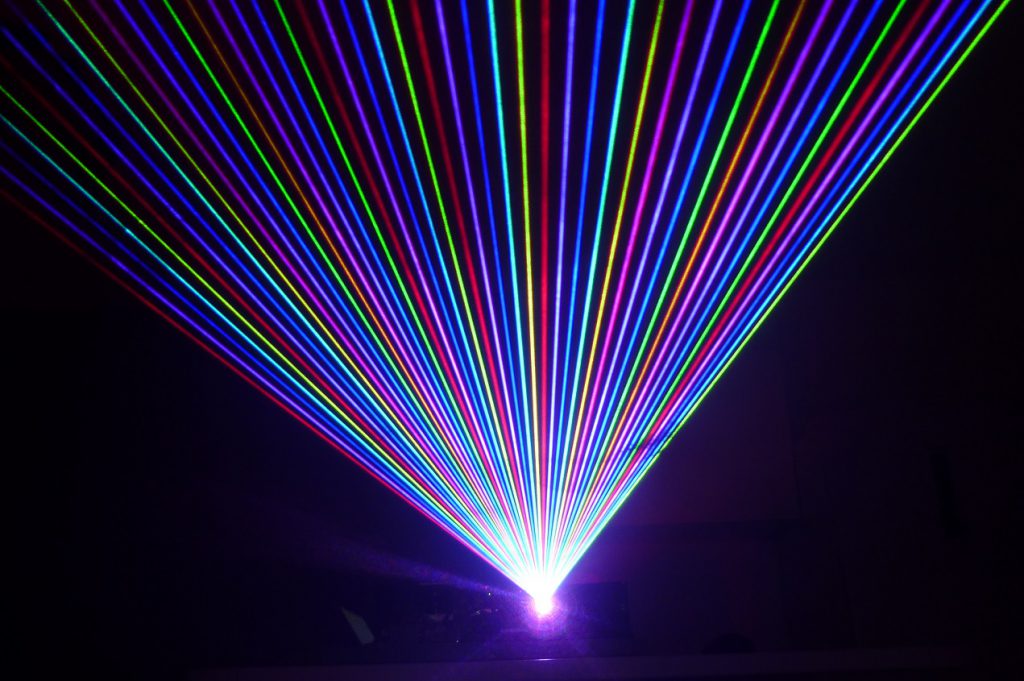 Stunning laser effects.
Stunning laser effects.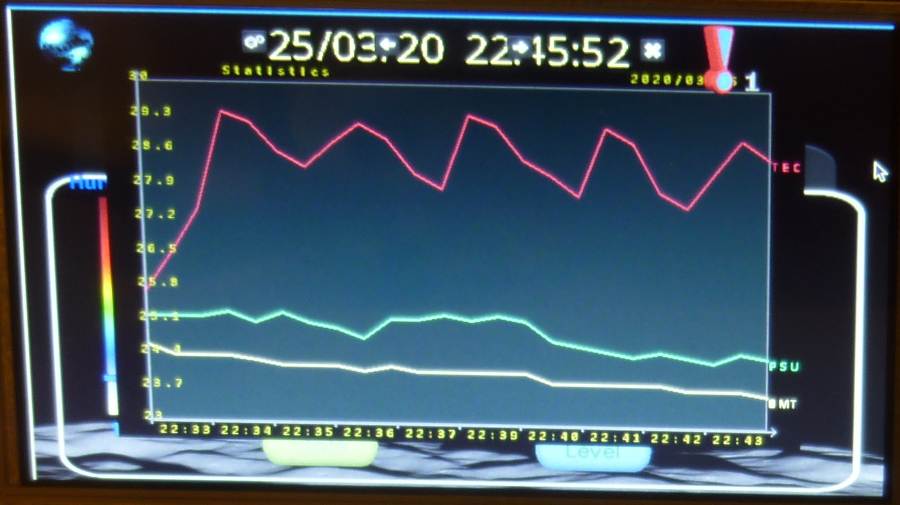 New statistics module show the regulated beam table temperature.
New statistics module show the regulated beam table temperature.
(automatic backups and scales)
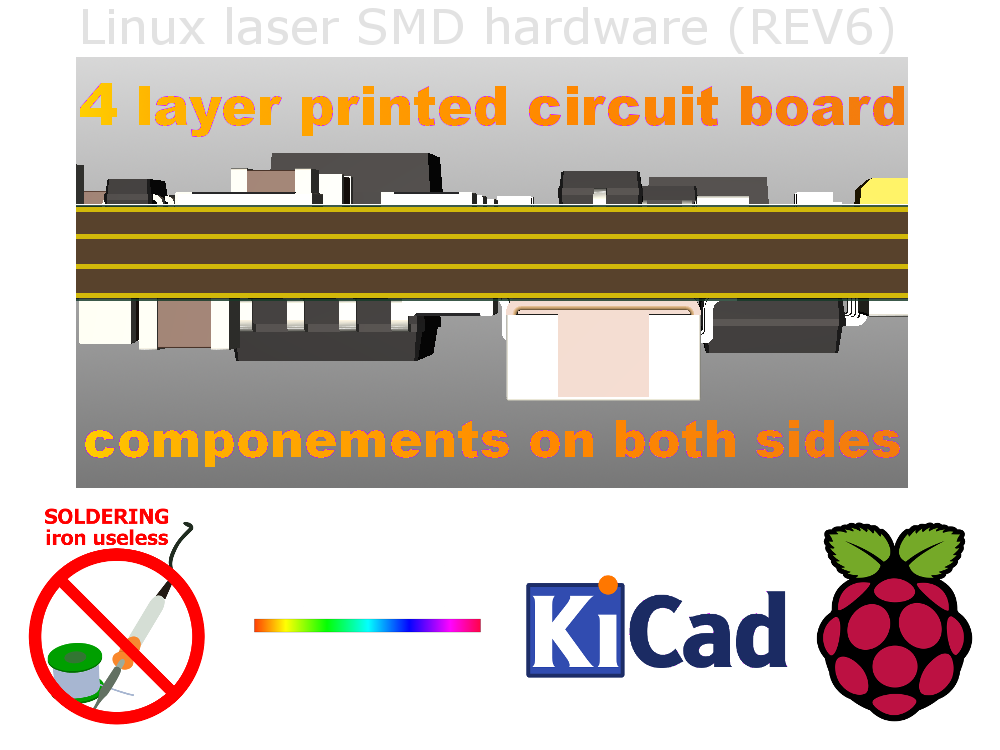 Hardware at Raspberry HAT standard
Hardware at Raspberry HAT standard 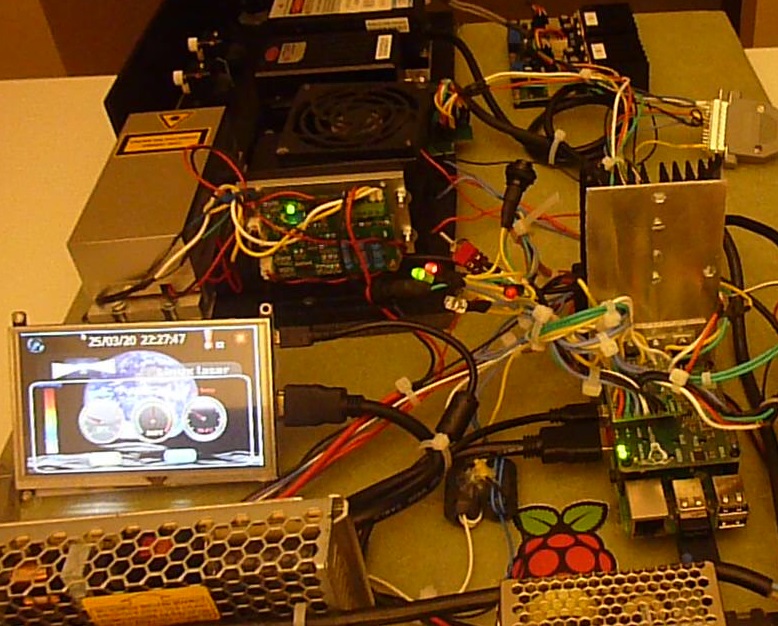 New daughter board with all the dedicated wires (AWG20) makes it iron soldering useless.
New daughter board with all the dedicated wires (AWG20) makes it iron soldering useless.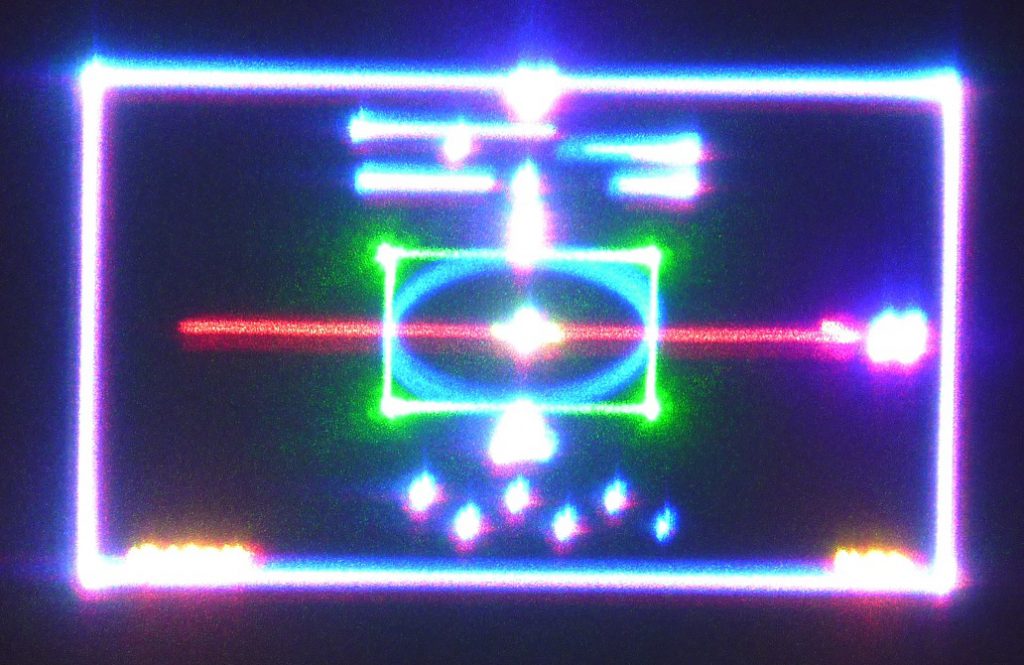 ILDA test frame (sorry for poor picture, i have to update it)
ILDA test frame (sorry for poor picture, i have to update it)

